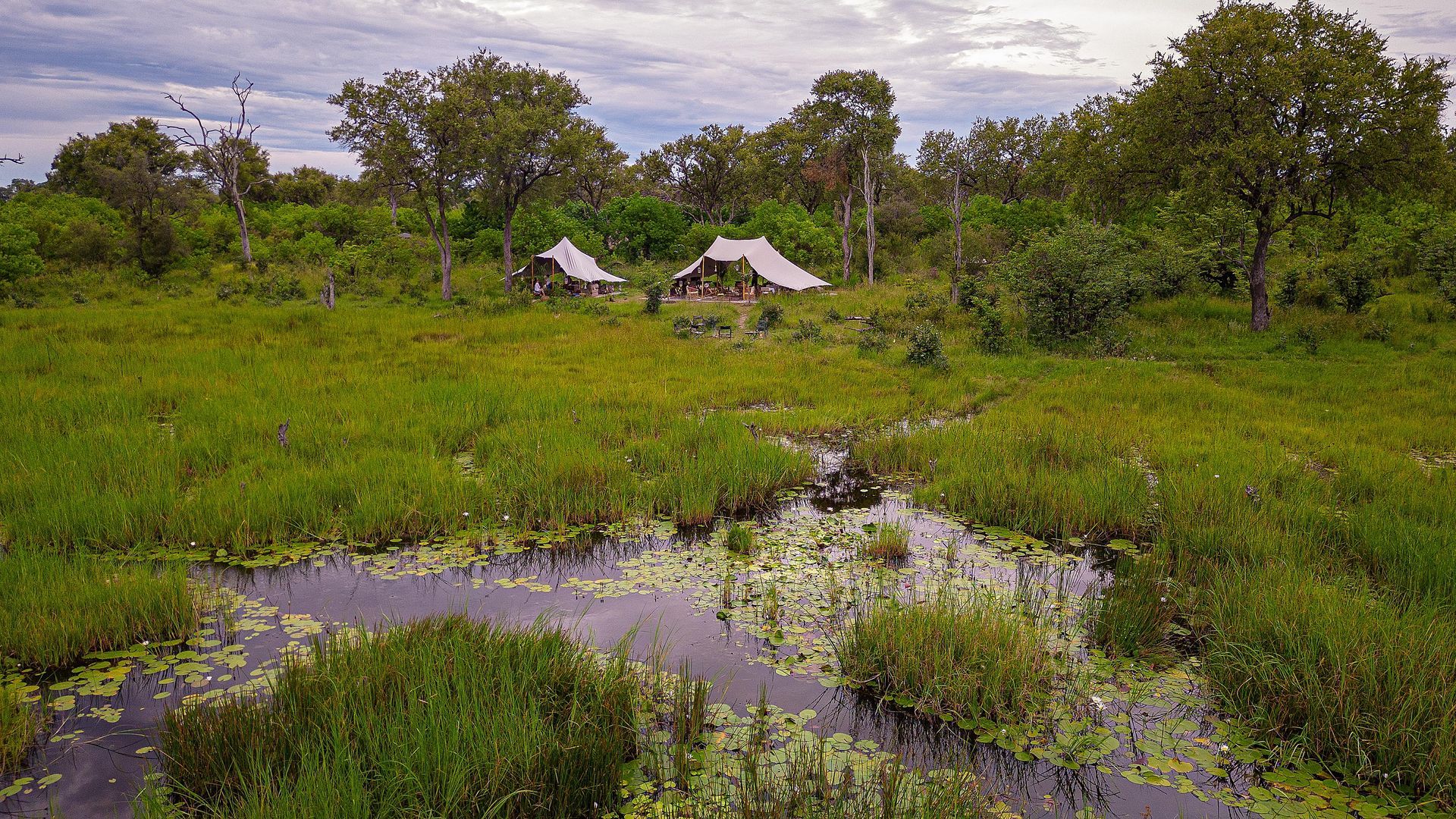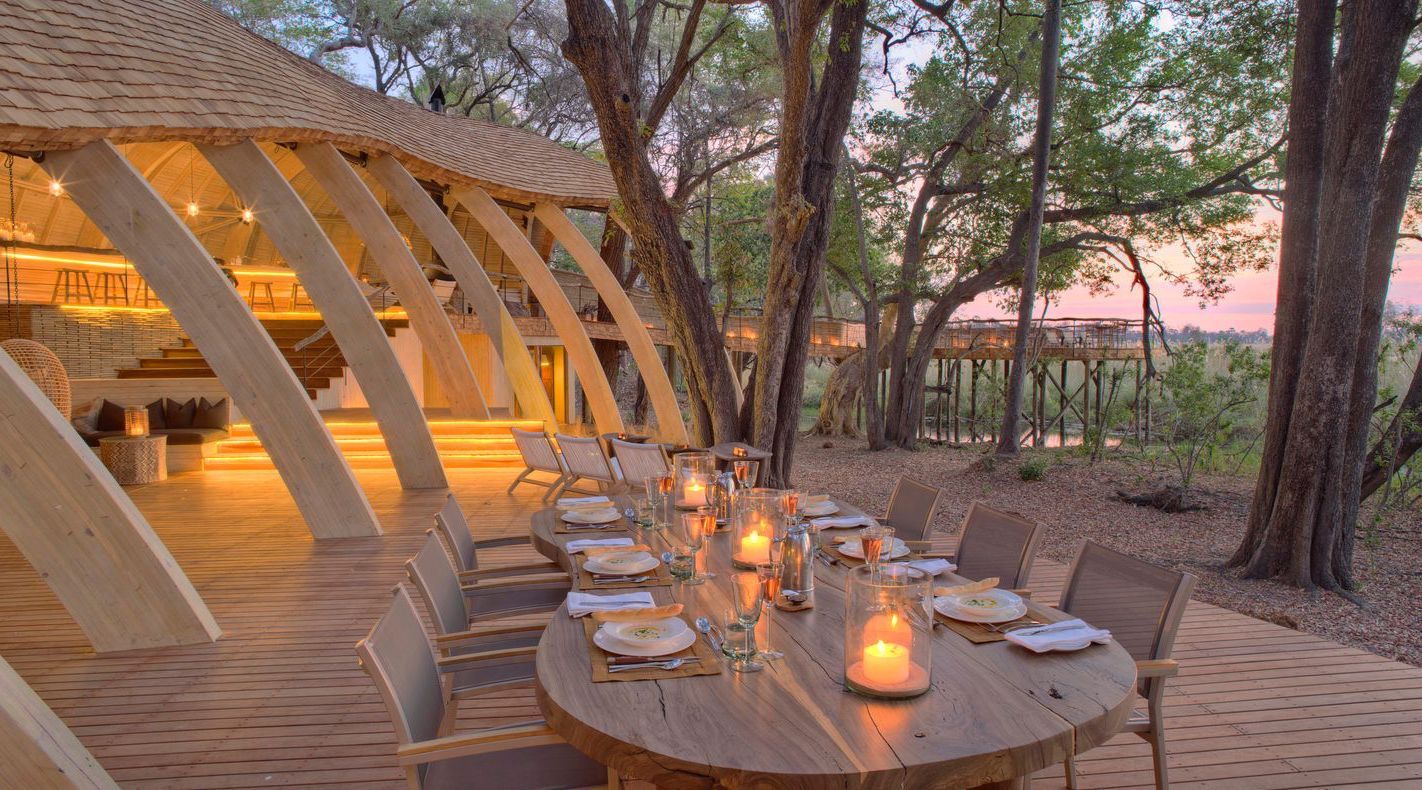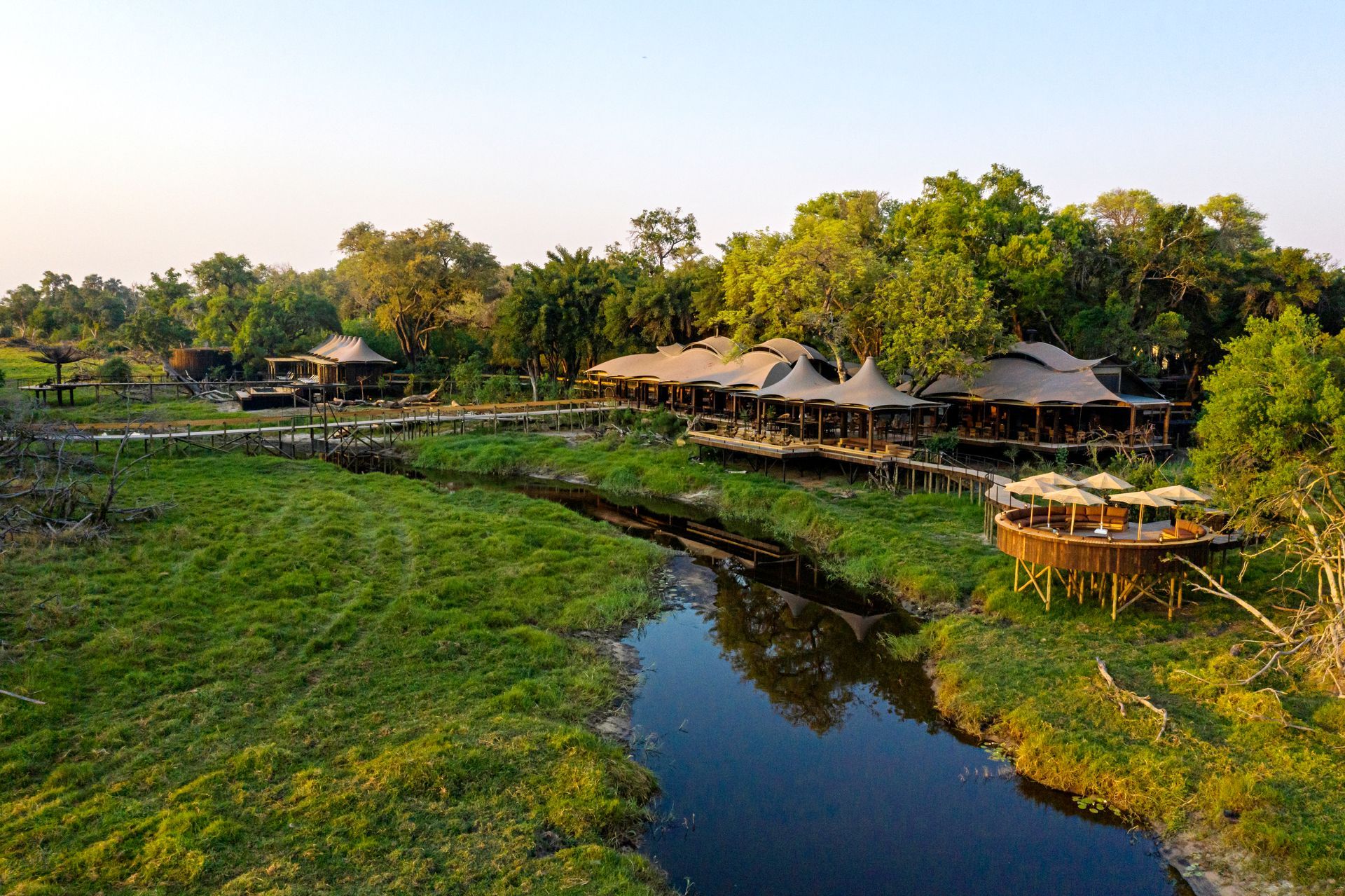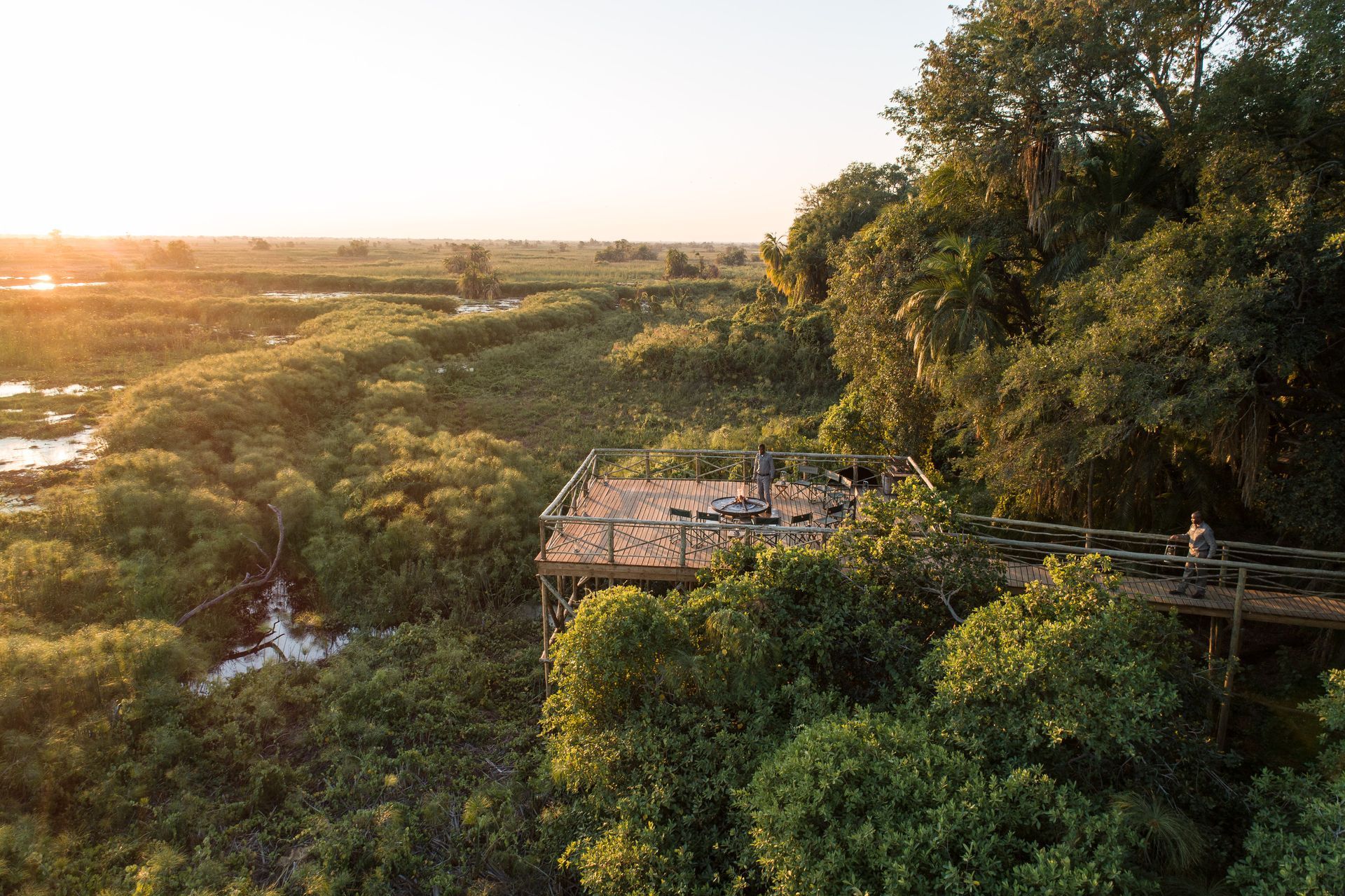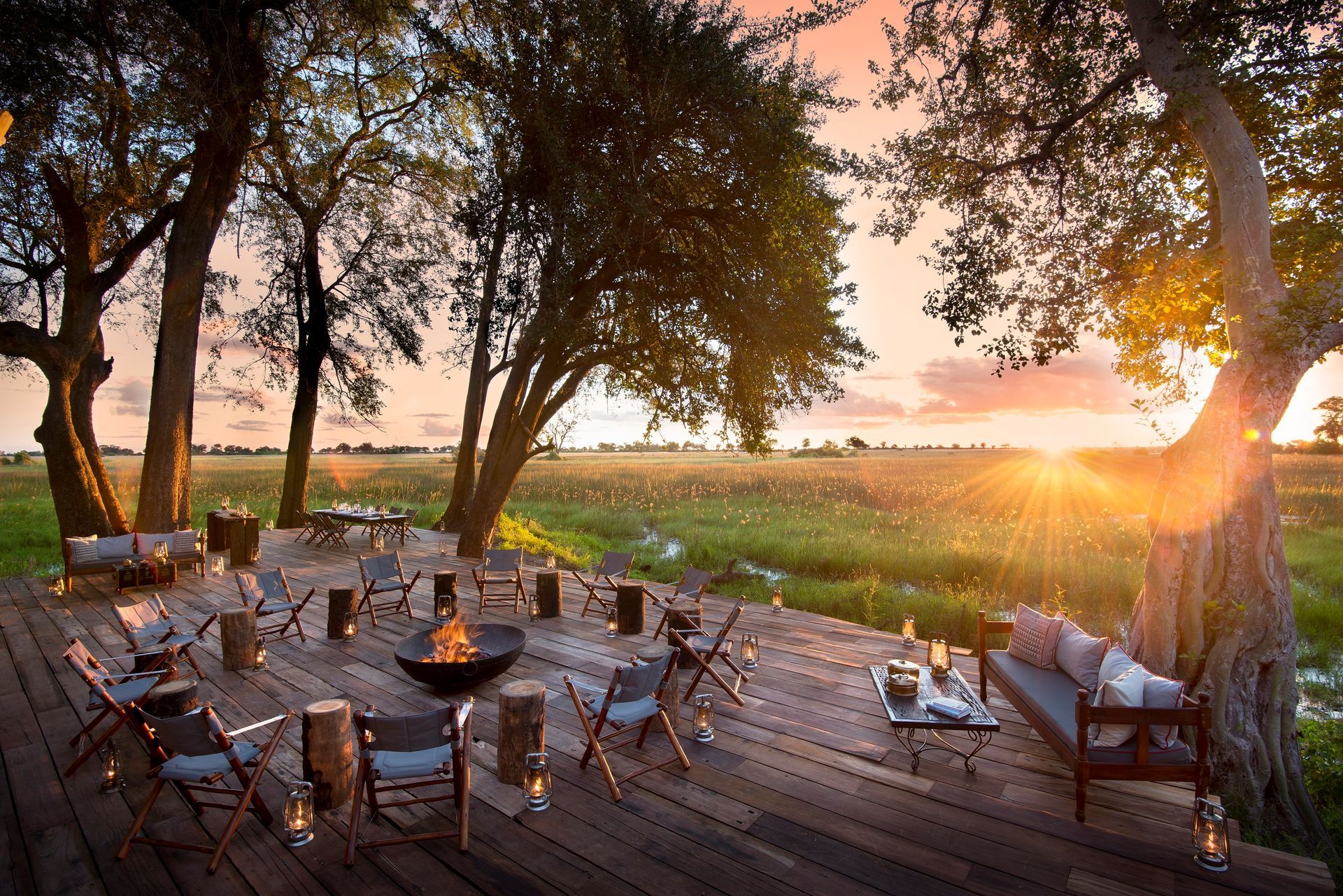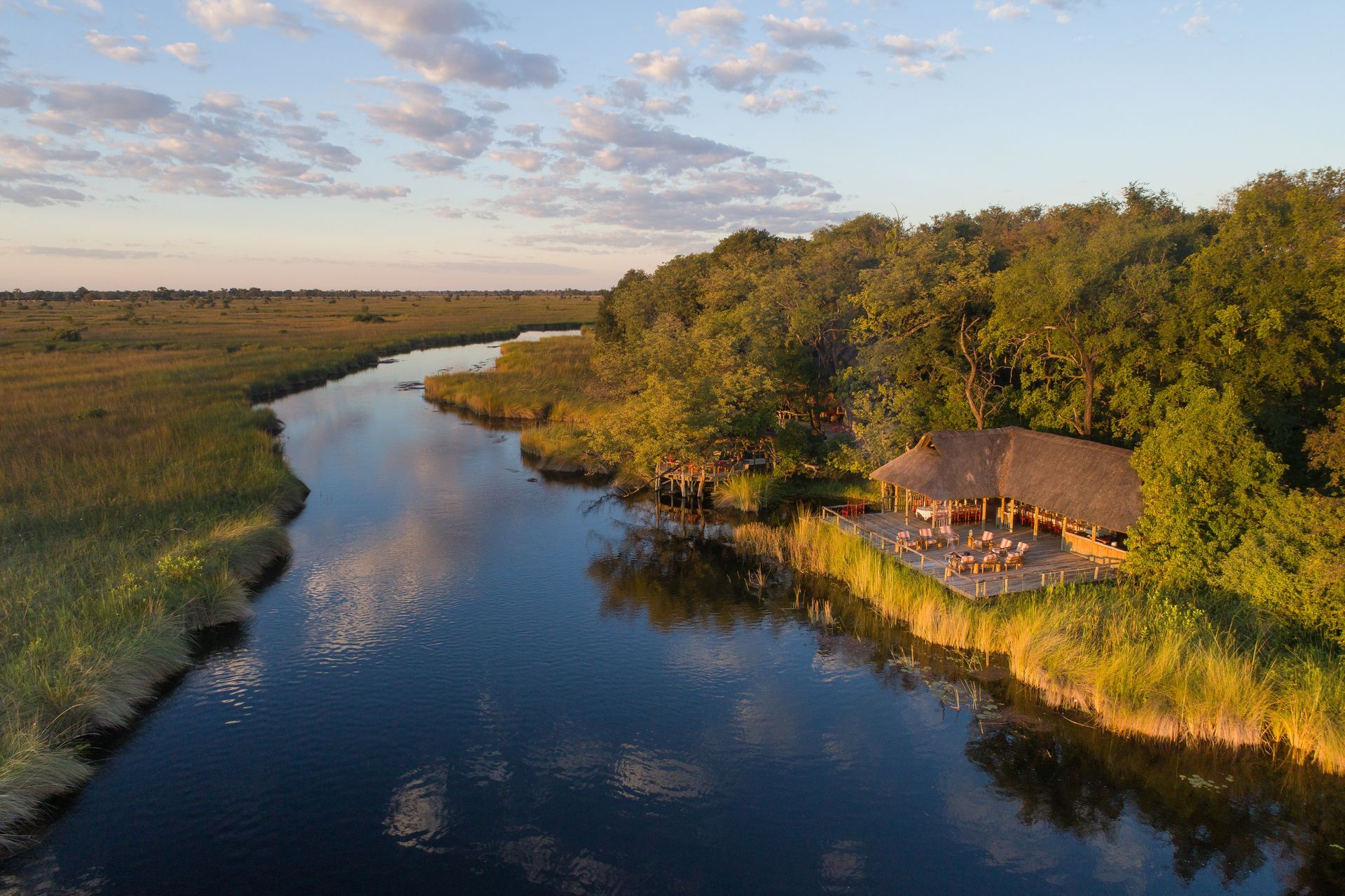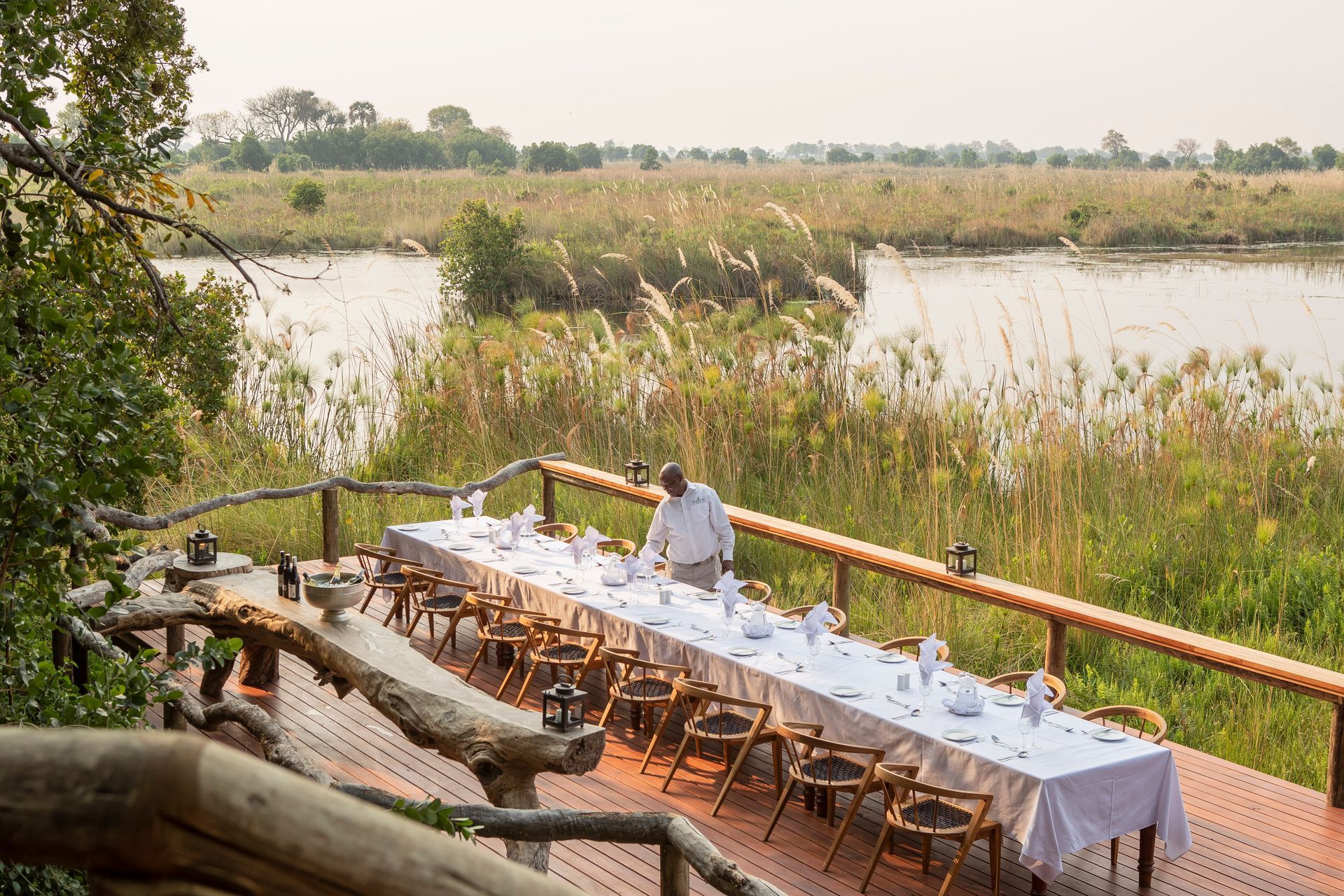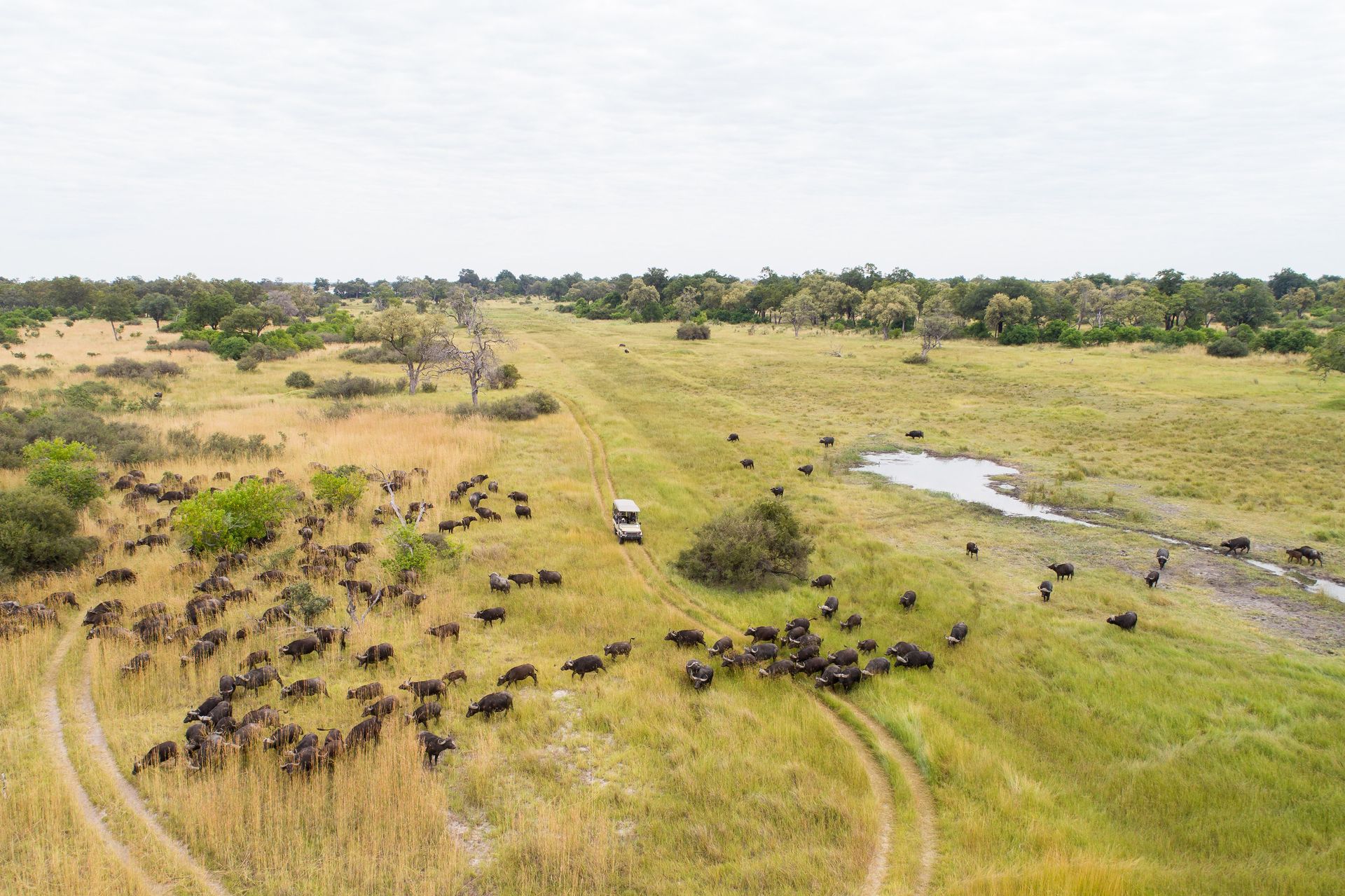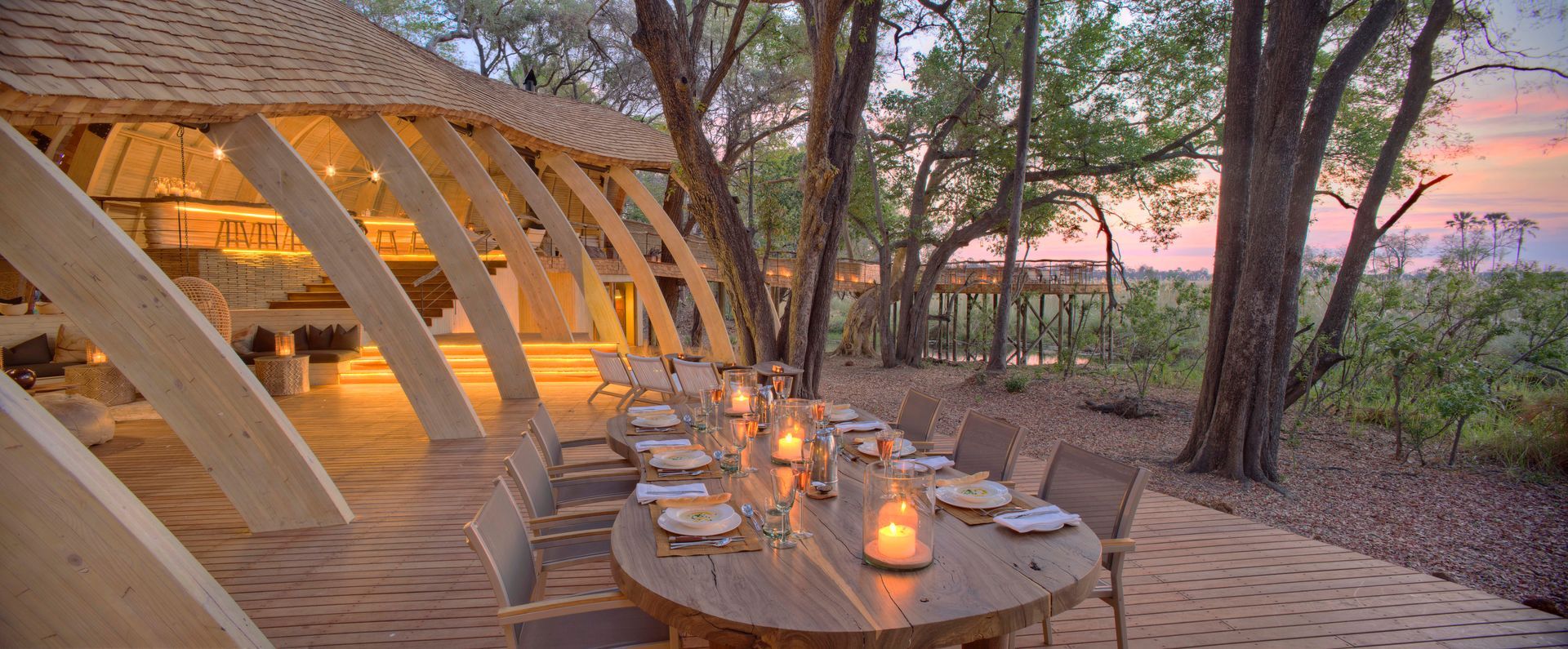WHY WE LOVE THE OKAVANGO
It's simply one of the best safari destinations in Africa...
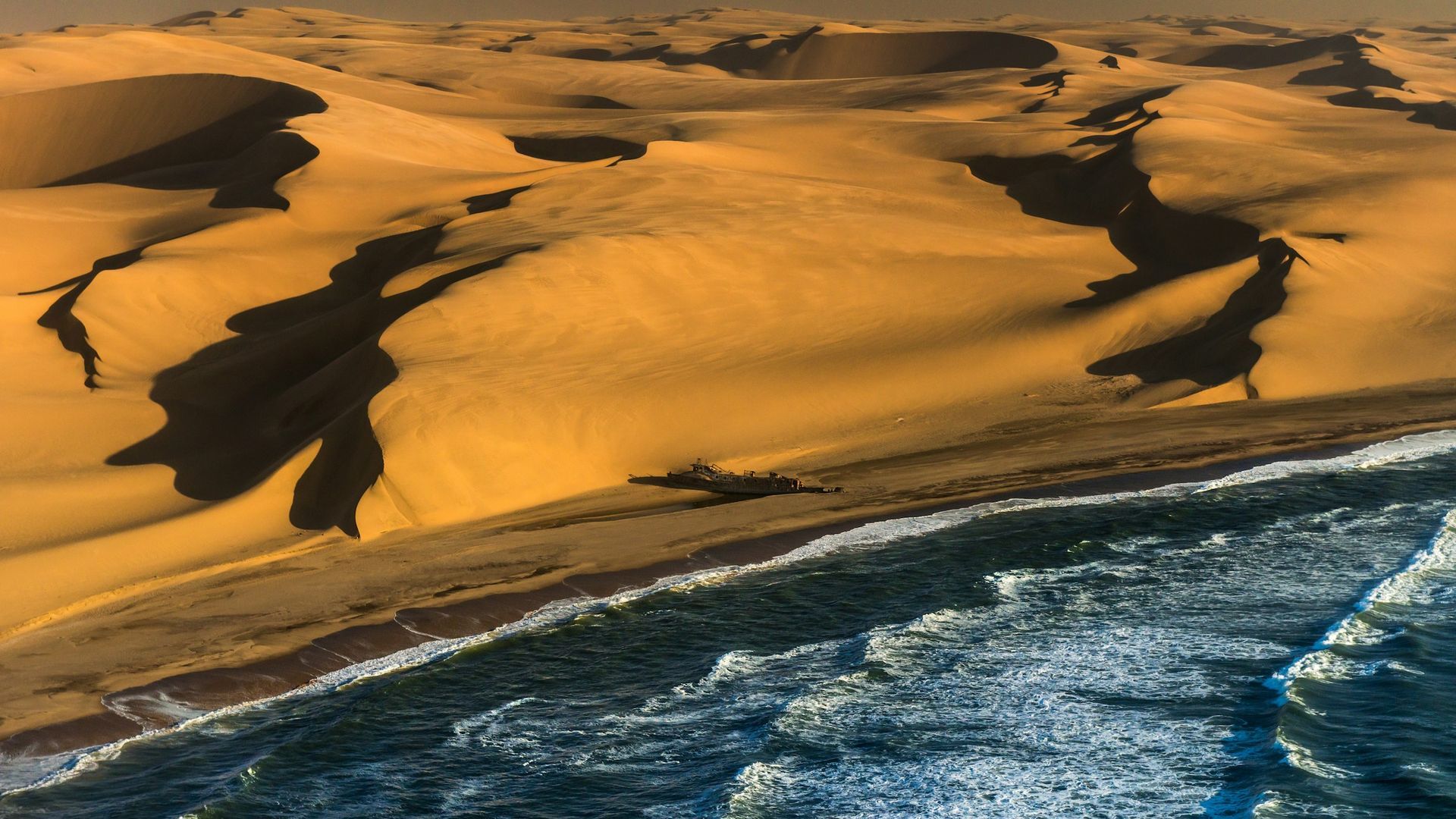
Let’s get one thing straight: Africa isn’t here to play nice. It’s here to leave you slack-jawed, wide-eyed, and wondering why you wasted so much time holidaying in places with pedestrian views. The landscapes of this continent don’t just impress; they ambush you, shake you down for every ounce of awe you possess, and leave you utterly incapable of tolerating anything remotely mundane ever again. If that sounds dramatic, good. You’re starting to get it. Read on...
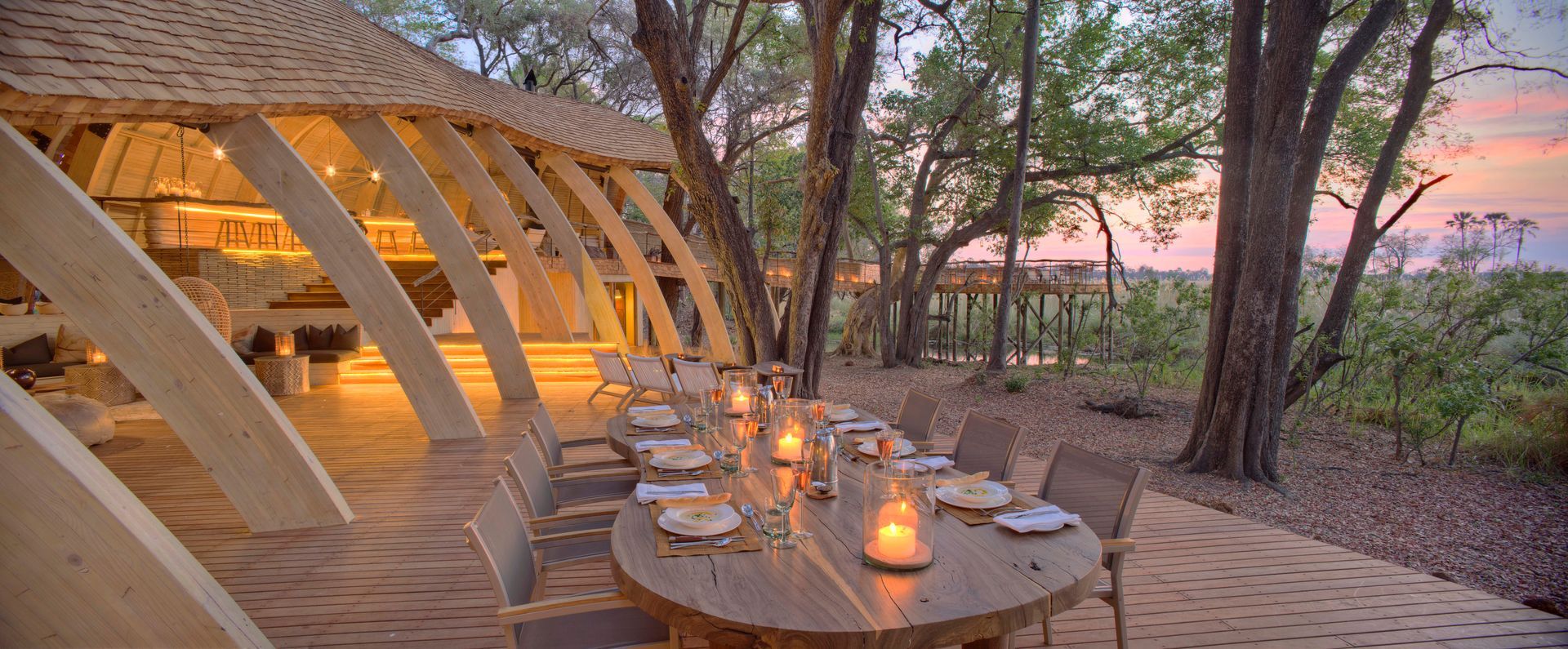
Luxury with purpose in the African safari context isn't just a fleeting trend; it’s a profound shift in how we perceive travel itself. Forget your gilded cages and gaudy trinkets. True, high-end safari lodges offer exquisite linens, opulent décor and gourmet cuisine, but the real indulgence lies in the knowledge that your lavish holiday is actively contributing to something far greater than your Instagram feed...
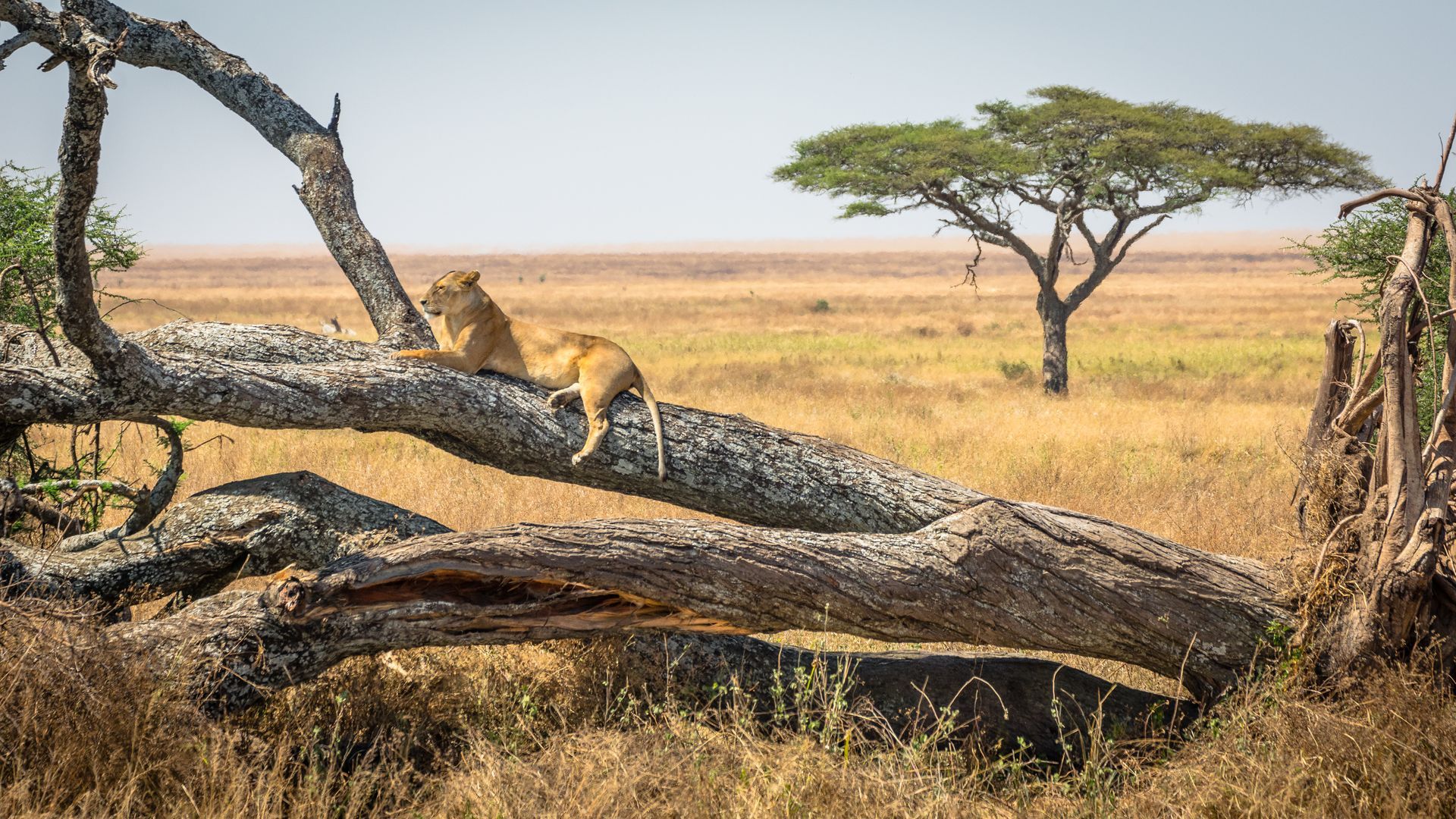
You've crammed everything but the kitchen sink into a suitcase only to discover that you need to pack light in a soft sided bag... So you've repacked, this time following our packing suggestions... You've lugged you and your luggage in and out of an Uber, into the sterile, angst-laden innards of an airport, navigated kilometres-long queues of people with more bags than brain cells, presented your credentials to a disinterested check-in agent and been security scanned to death...
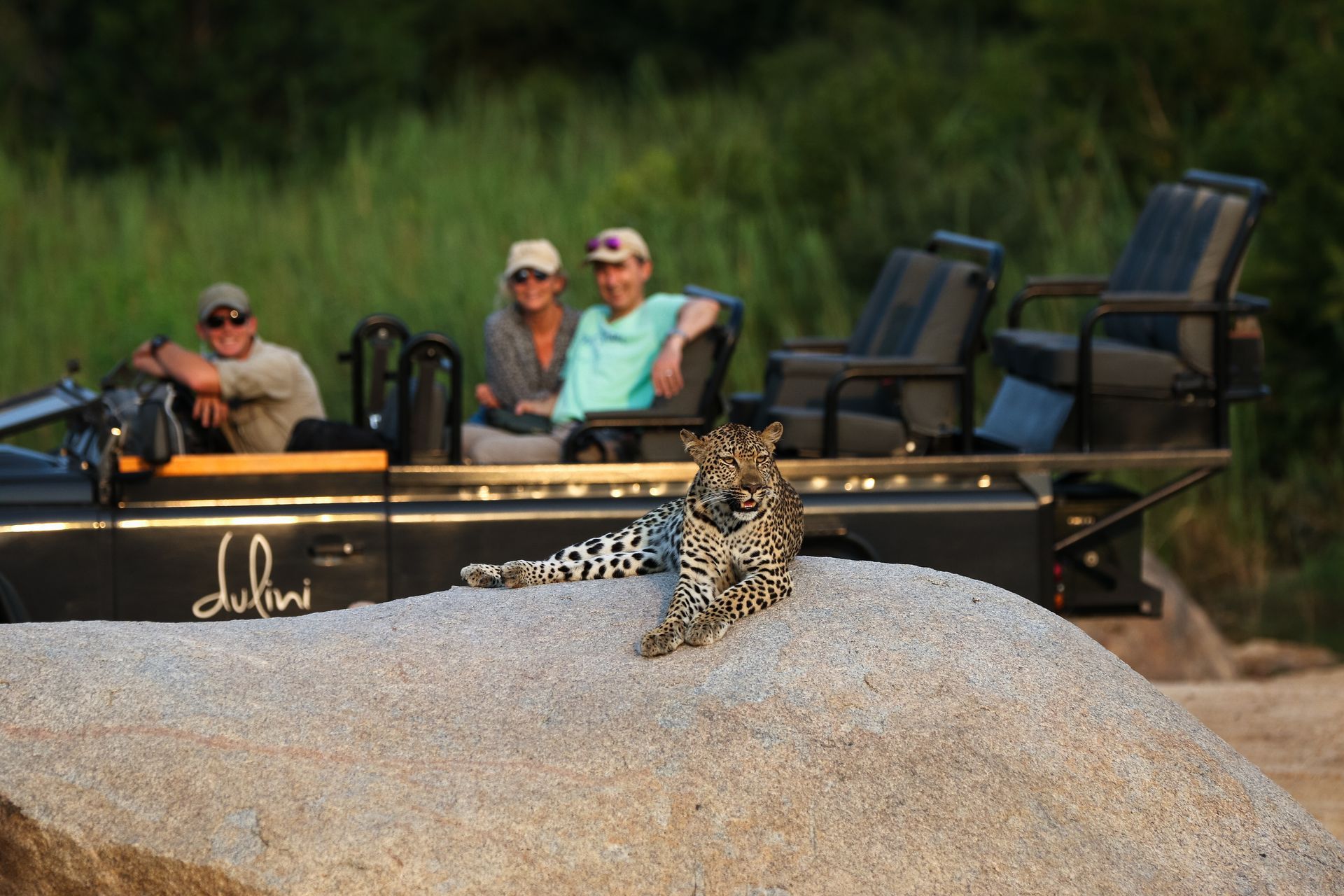
Welcome to the inner workings of the Zafaris safari studio, where we hand-craft magical travel experiences, piecing together a patchwork of incredible destinations and exciting adventures, lovingly assembled with oodles of passion, flair and downright sass... We're daring, dashing and dazzling and everything we do is designed to socks off, hair back and drop jaws to the floor.
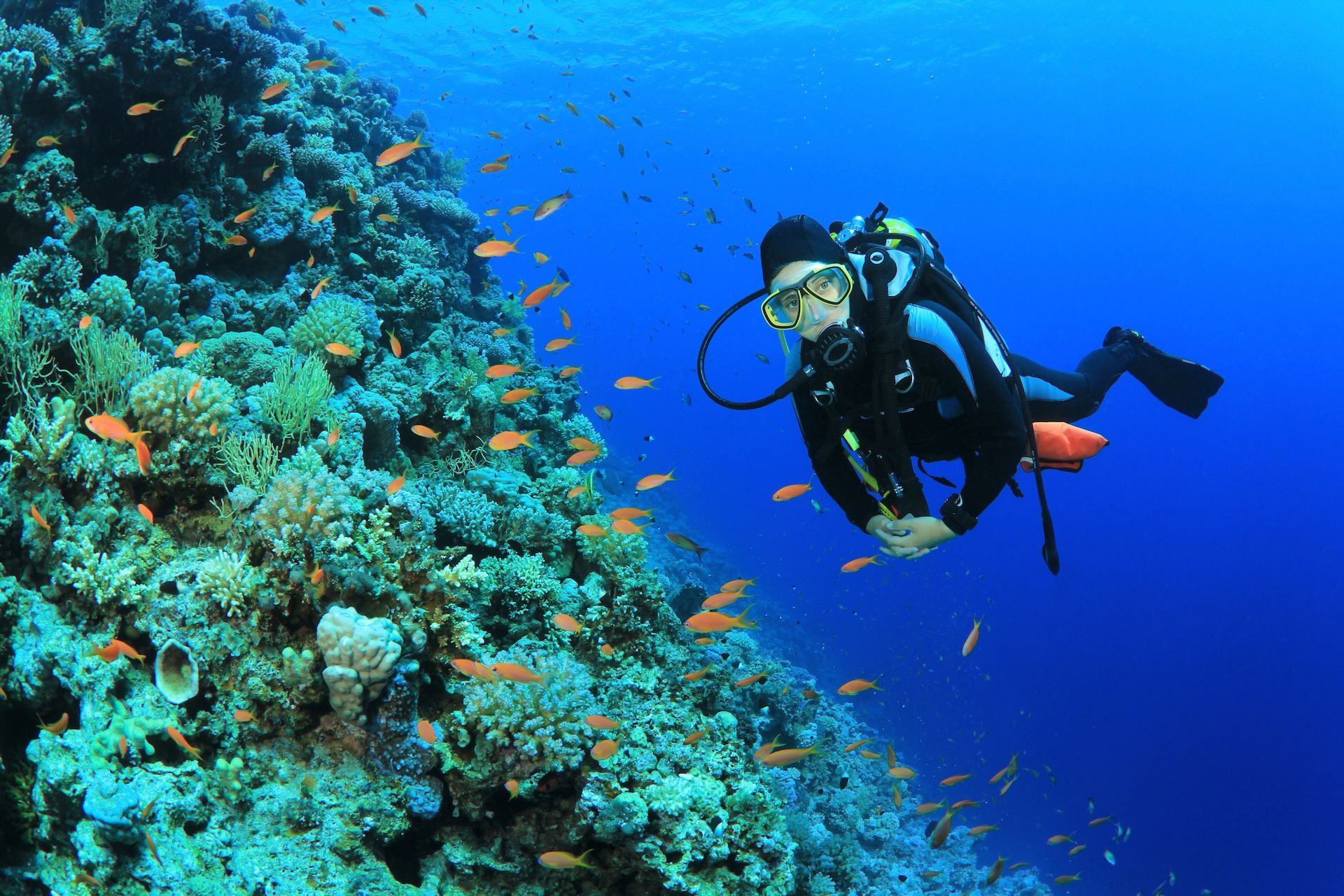
Did you know that every time you put on your cozzie and take a plunge into the crystal-clear, impossibly turquoise waters of the Indian Ocean off Africa's eastern coastline, you're helping to protect critically important marine life? Well, you are, thanks to the important role tourism is playing in helping to conserve and protect coastal eco-systems. And here at Zafaris, we know exactly where to send you to make sure your hard-earned holiday spend is making a lasting difference...
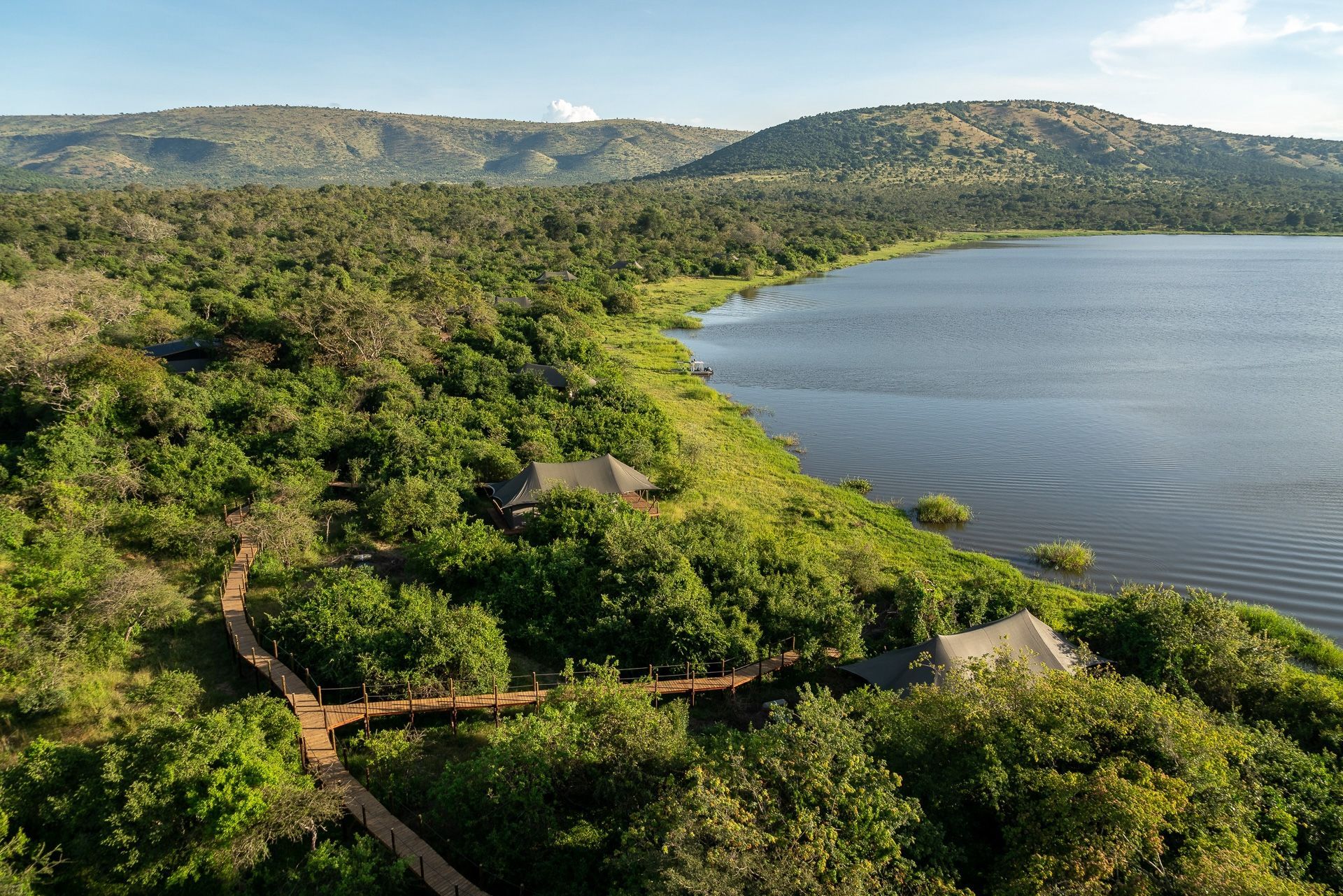
Africa is renowned for its breathtaking landscapes and extraordinary wildlife, but in recent decades, the challenges of habitat loss, poaching, and climate change have cast a shadow over its natural heritage. Despite these obstacles, a wave of conservation success stories is reshaping the narrative and showing the best side of our fabulous continent. From the savannahs of Rwanda to the arid Karoo of South Africa, a remarkable rewilding movement is breathing life back into ecosystems and restoring balance to some of Africa's most treasured national parks and reserves. Let's have a look at some of them...
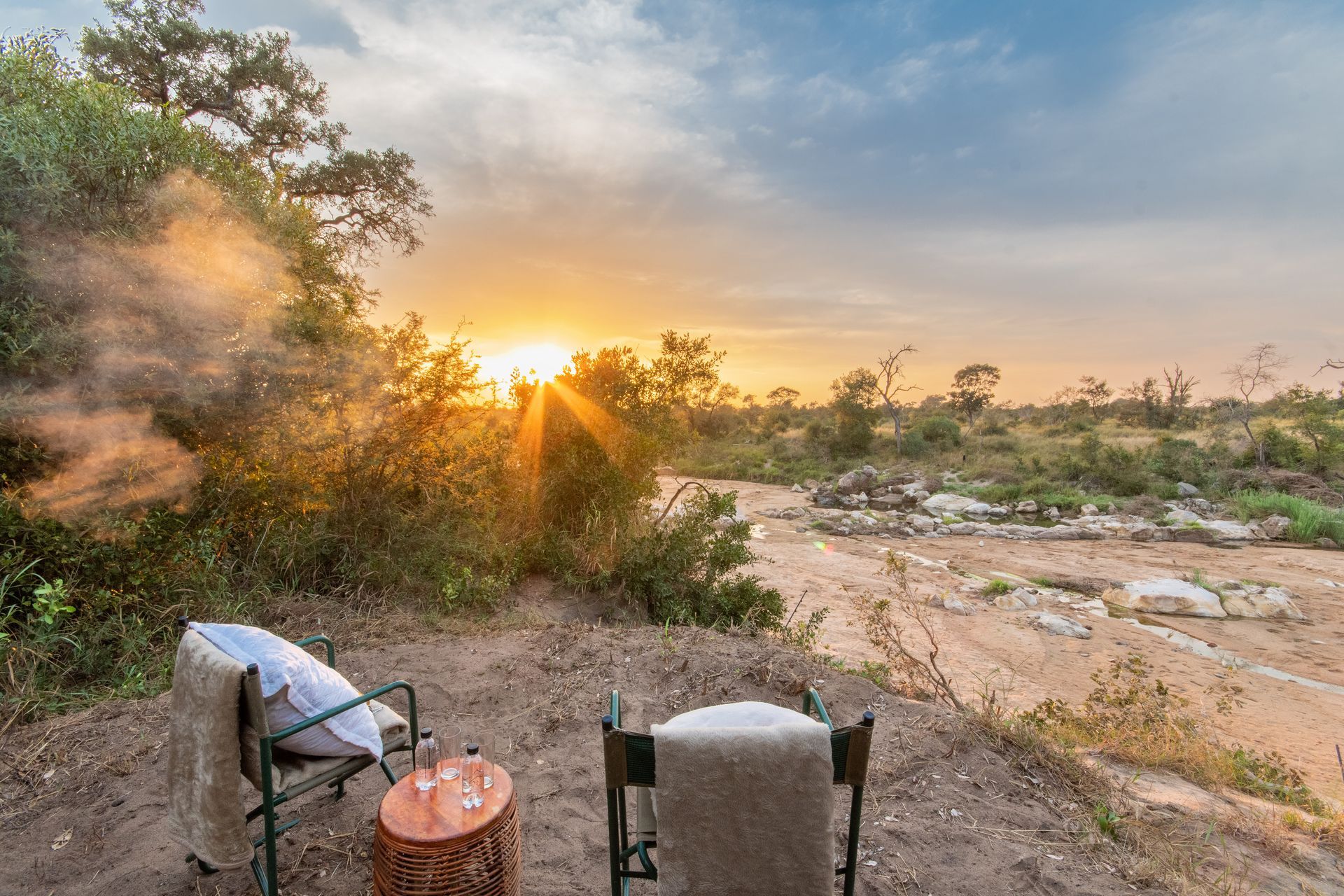
It's not often our socks are blown off. But when they are, you better believe that what's blown them off is absolutely incredible. And worthy of an entire blog! So when we came across Kruger Untamed - the brand behind Kruger National Park's first luxury seasonal camps - and delved into the incredible story of how this new entrant into the South African safari sphere came about.
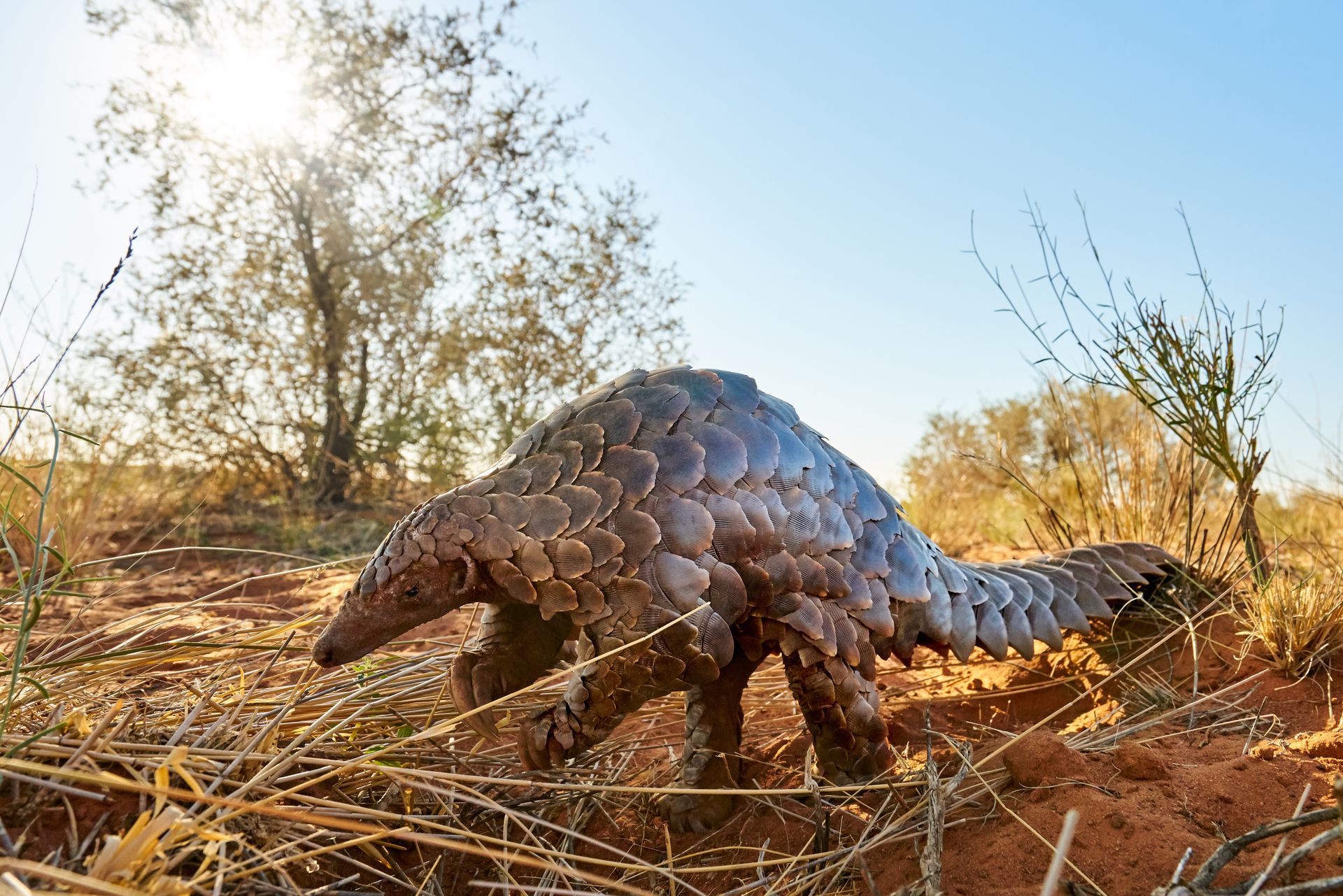
The allure of Africa’s wilderness has long been its captivating biodiversity and the raw beauty of its landscapes, drawing visitors from around the globe. However, in recent years, a new trend has emerged as more travellers seek ways to contribute meaningfully to the preservation of these ecosystems. Conservation-based safaris offer an immersive way to experience the African wilderness while actively participating in conservation efforts, bridging the gap between tourism and direct environmental action...
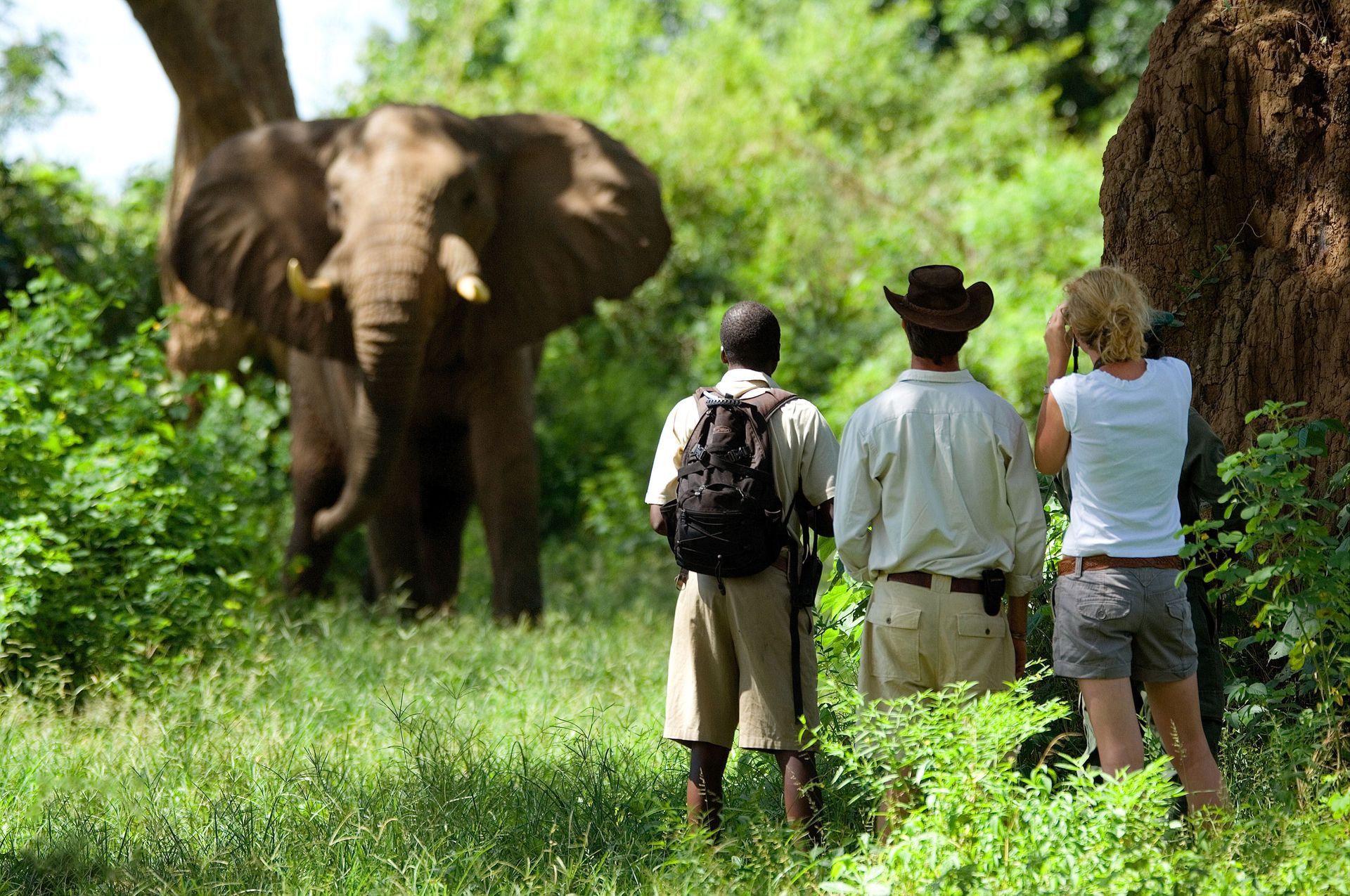
Want to "do" Africa the same way the Hollywood A-listers do? Does the idea of setting your own itinerary with the services of an experienced, professional guide at your disposal appeal to you? Do you want to escape the drudge of endless hours in small airports waiting for flights? Cool beans, because all of the above is absolutely possible on a privately guided safari...
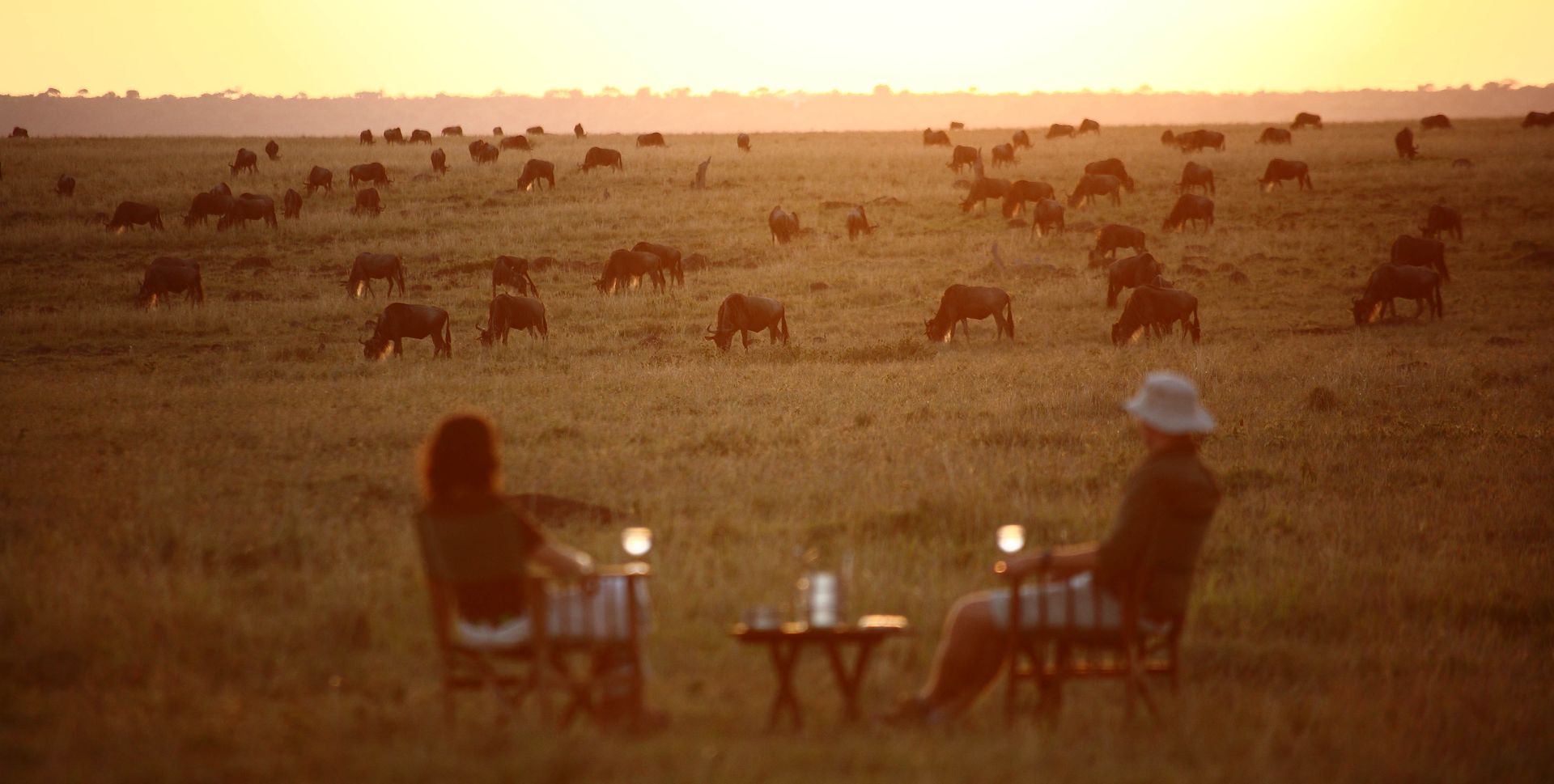
We just don't do mass tourism. And certainly not the madness we've been seeing coming out of this year's Great Wildebeest Migration in both Tanzania's Serengeti National Park and Kenya's Masai Mara National Reserve. Frankly, we've been shocked by some of the appalling videos of hundreds of vehicles pursuing hapless animals in their quest to cross rivers so we've come up with a way to stop the migration madness and blatant overtourism by sending you somewhere altogether more humane - the private conservancies on the edges of the Serengeti and Mara, where wildebeest and zebra are left in peace to do what they do and we just sit back and watch without interfering...
